FAA issues No Drone Zone, TFRs for Super Bowl
By DRONELIFE Features Editor Jim Magill
The FAA has designated a “No Drone Zone” for Caesars Superdome in New Orleans for Super Bowl LIX on game day, Sunday, Feb. 9 and in the skies around the city’s downtown area during the days leading up to the big event.
In addition, the agency said it would issue temporary flight restrictions for all aircraft – manned or unmanned – within a 10-nautical-mile radius of the stadium Feb. 6 through Feb. 11.
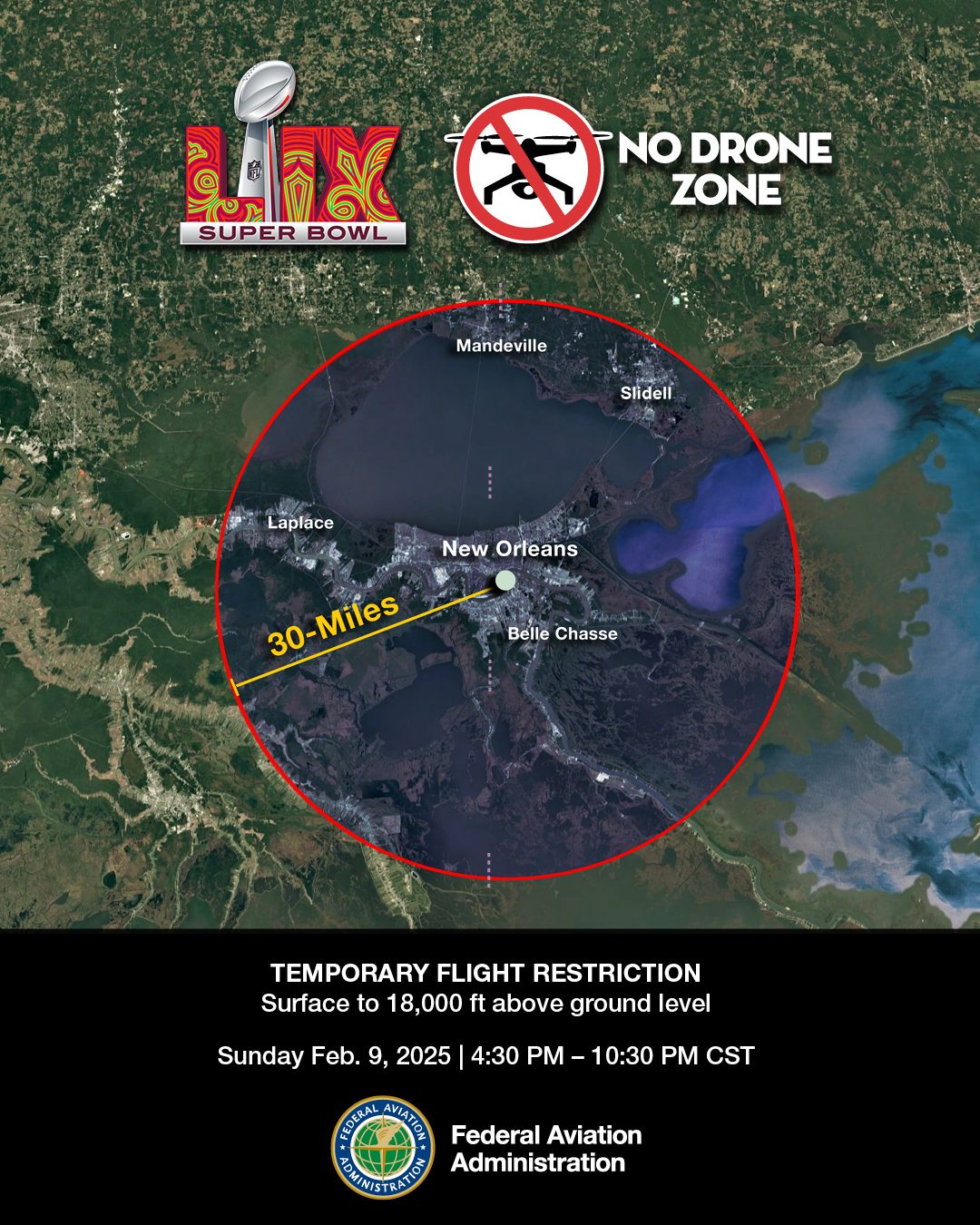
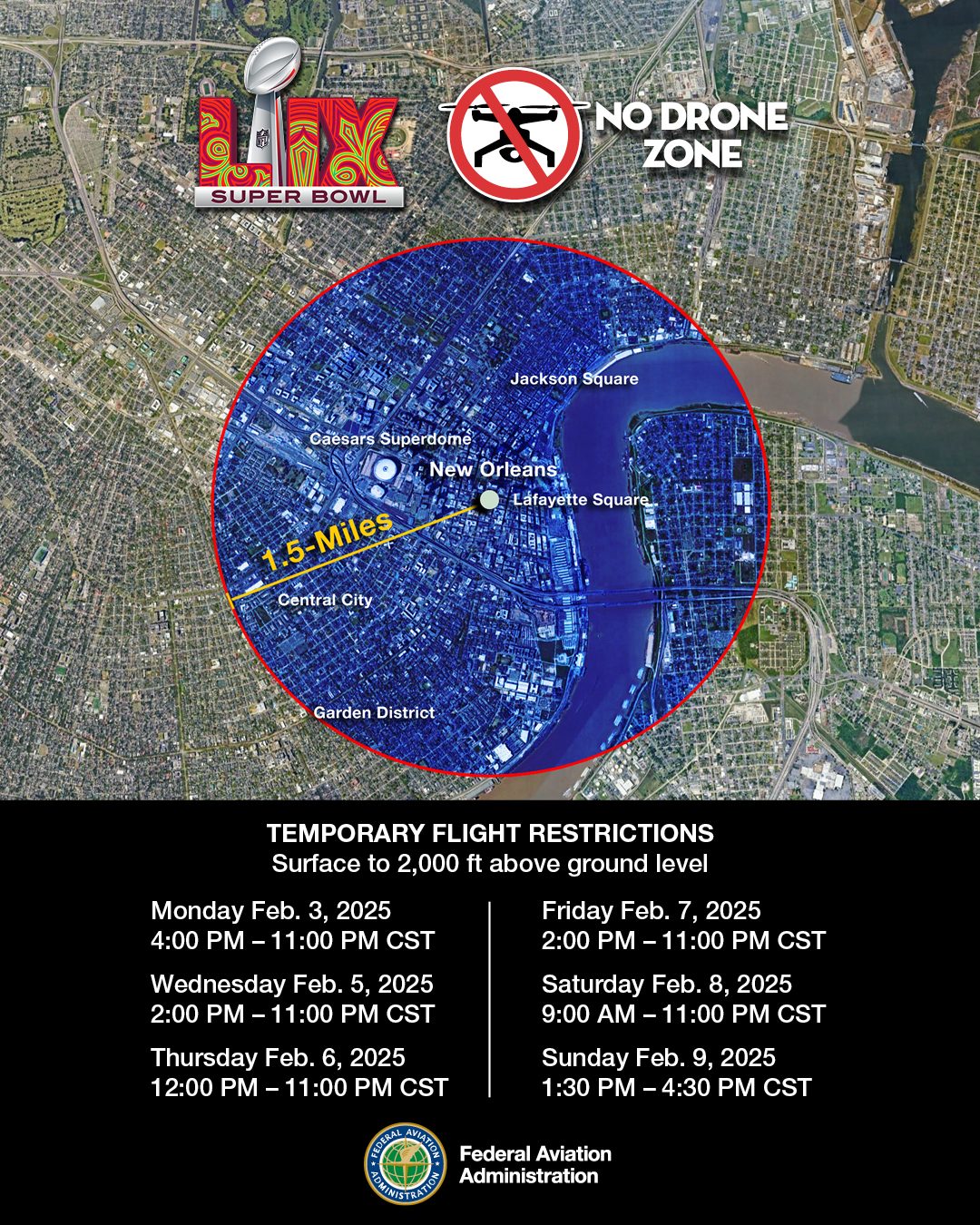
UAV operators who enter the restricted areas without permission could face the confiscation of their drone, fines up to $75,000 and potential criminal prosecution.
On game day, drones will be restricted in the airspace around the Superdome beginning at 1:30 p.m. CST within 1.5 nautical miles of the stadium up to 2,000 feet in altitude. The restrictions will expand between 4:30 until 10:30 p.m. CST to a 30-nautical-mile radius and up to 18,000 feet in altitude.
In addition, drone flights will be restricted for 1.5 nautical miles up to an altitude of 2,000 feet around Lafayette Square from Monday, February 3 through Saturday, February 8, during the following times:
- February 3 between 4 p.m. and 11 p.m.
- February 5 between 2 p.m. and 11 p.m.
- February 6 between noon and 11 p.m.
- February 7 between 2 p.m. and 11 p.m.
- February 8 between 9 a.m. and 11 p.m.
In a flight advisory, the FAA said it was issuing the restrictions at the request of the Department of Homeland Security (DHS). The agency said it would issue Notices to Air Missions (NOTAMs) depicting the Special Security Instruction (SSI) TFRs for all aircraft flying in the skies above the city on the day of the game.
“Any person who knowingly and willingly violates these restrictions may be subject to certain criminal and/or civil penalties. Pilots who violate security TFRs or procedures may be intercepted, detained and interviewed by law enforcement/security personnel,” the advisory said.
In a statement, the FAA said it “is working with law enforcement, the aviation community and the National Football League to ensure safe, secure and efficient aircraft operations for Super Bowl LIX.” It warned that general aviation pilots flying near New Orleans must “follow special air traffic procedures and comply with additional operational requirements,” during the period when the TFRs are in effect.
“We expect nearly 7,000 takeoffs and landings and around 600 aircraft will be parked at local airports during Super Bowl Week,” the FAA said.
Some UAS operations will be authorized within the defined SSI airspace if the operators are in compliance with the following requirements:
- Prior to TFR activation, the UAS flight operation has been pre-approved by the FAA System Operations Support Center (SOSC);
- Requests for pre-approved UAS flight operations can expect disposition of their request in a minimum of 24 hours.
- If the pre-approved UAS flight operation is conducted in direct support of an active national defense, homeland security, law enforcement, firefighting, search and rescue, or disaster response mission, and prior notification has been provided to the designated facility contact; or
- If the pre-approved UAS flight operation is conducted in direct support of a significant and urgent governmental interest; and
- The pre-approved UAS flight operation complies with all other applicable federal aviation regulations.
The FAA has issued TFRs and drone flight restrictions for Super Bowl games for several years. In addition, federal law prohibits flying drones in and around stadiums that seat 30,000 people or more beginning one hour before and ending one hour after the scheduled time of any of the following events: NFL games; Major League Baseball games; NCAA Division One football games; and NASCAR Sprint Cup; Indy Car, and Champ Series races.
In recent months however, concerns surrounding the potential of drones being flown near sports stadiums by careless or clueless pilots, or those wishing to inflict actual harm, have greatly increased. In written comments submitted to a congressional committee in December, Cathy Lanier, the NFL’s chief security officer, said the number of drone-related incidents at NFL games has risen exponentially over the past several years, from about a dozen in 2017 to 2,845 in 2023.
In early January, the NFL was forced to briefly pause a wild-card playoff game between the Baltimore Ravens and Pittsburgh Steelers after a drone was spotted near M&T Bank Stadium in Baltimore.
Also adding to state and local officials’ concerns surrounding the safety of fans attending the big game in New Orleans was the New Year’s Day terrorist attack, in which a man drove a pickup truck into pedestrians partying on Bourbon Street, killing 14 people. In separate press conferences, Louisiana Governor Jeff Landry and New Orleans Police Superintendent Anne Kirkpatrick both pledged to work with all federal, state and local agencies to keep the Super Bowl safe.
In a statement, the National Football League supported the decision regarding establishing No Drone Zones in the city, and said the NFL was “working closely with the FAA and [the Department of Homeland Security] and appreciate their good work in quickly detecting, assessing and responding to any unauthorized drone activity.”
Want DRONELIFE news delivered to your inbox every weekday? Sign up here.
Read more:
- Remote ID in a Real World National Security Event: Pierce Aerospace at Super Bowl LVII
- Ahead of Super Bowl LVIII, Skyfire Takes Us Inside the Mission of Operating Drones Over a Tier I Event
- Sky Elements Super Bowl Drone Show Lights Up Las Vegas
 Jim Magill is a Houston-based writer with almost a quarter-century of experience covering technical and economic developments in the oil and gas industry. After retiring in December 2019 as a senior editor with S&P Global Platts, Jim began writing about emerging technologies, such as artificial intelligence, robots and drones, and the ways in which they’re contributing to our society. In addition to DroneLife, Jim is a contributor to Forbes.com and his work has appeared in the Houston Chronicle, U.S. News & World Report, and Unmanned Systems, a publication of the Association for Unmanned Vehicle Systems International.
Jim Magill is a Houston-based writer with almost a quarter-century of experience covering technical and economic developments in the oil and gas industry. After retiring in December 2019 as a senior editor with S&P Global Platts, Jim began writing about emerging technologies, such as artificial intelligence, robots and drones, and the ways in which they’re contributing to our society. In addition to DroneLife, Jim is a contributor to Forbes.com and his work has appeared in the Houston Chronicle, U.S. News & World Report, and Unmanned Systems, a publication of the Association for Unmanned Vehicle Systems International.

Miriam McNabb is the Editor-in-Chief of DRONELIFE and CEO of JobForDrones, a professional drone services marketplace, and a fascinated observer of the emerging drone industry and the regulatory environment for drones. Miriam has penned over 3,000 articles focused on the commercial drone space and is an international speaker and recognized figure in the industry. Miriam has a degree from the University of Chicago and over 20 years of experience in high tech sales and marketing for new technologies.
For drone industry consulting or writing, Email Miriam.
TWITTER:@spaldingbarker
Subscribe to DroneLife here.

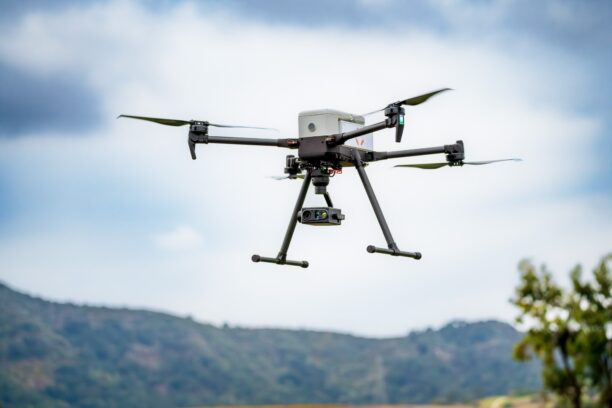
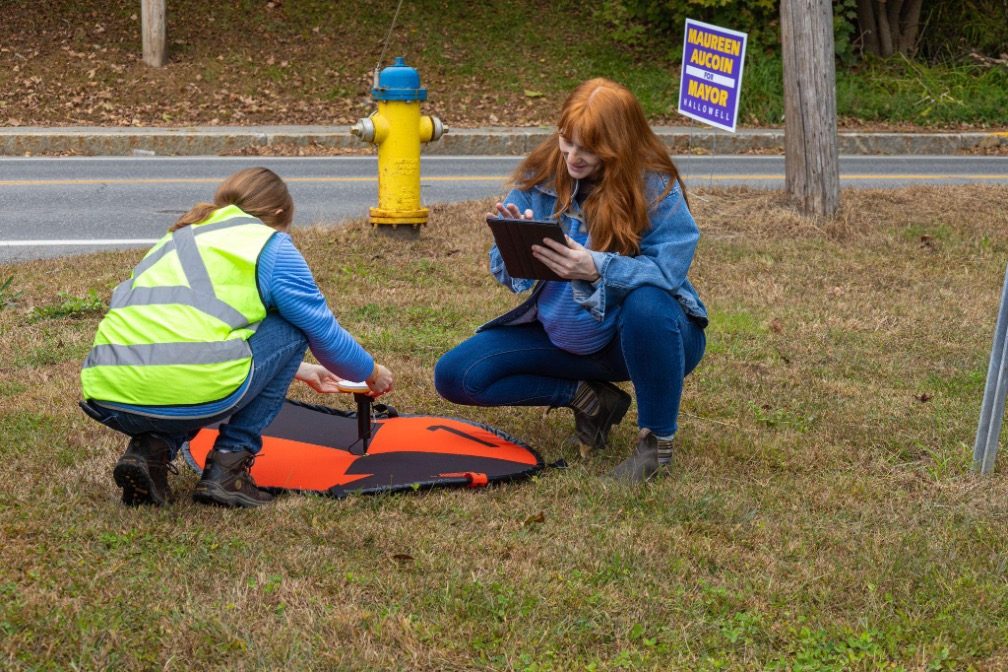
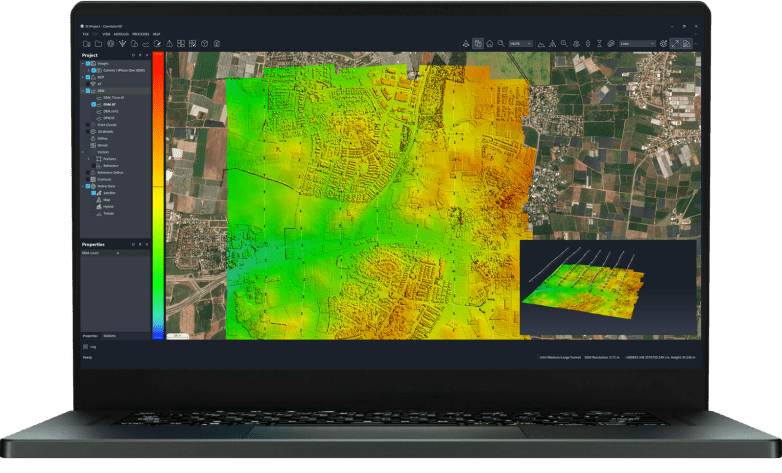
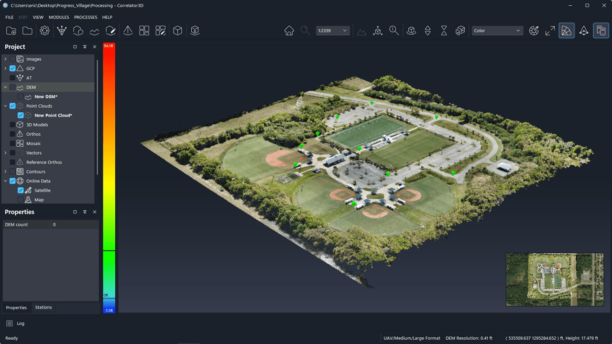
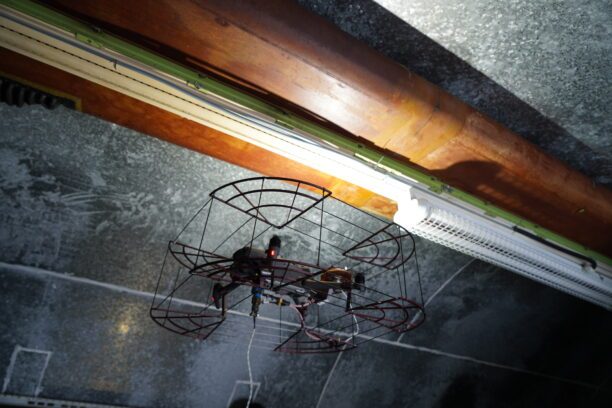
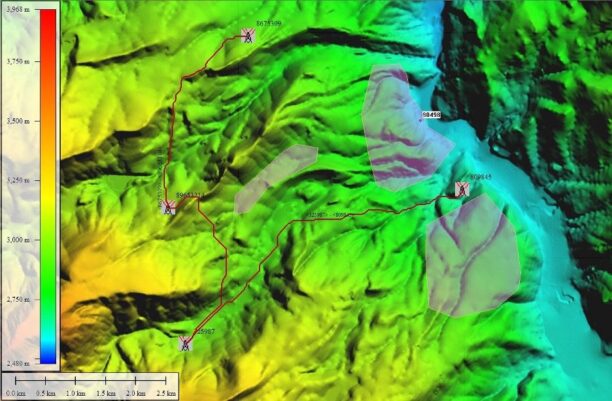
Leave a Reply